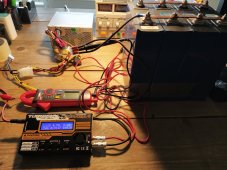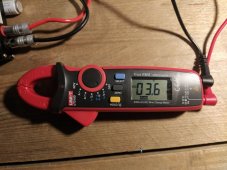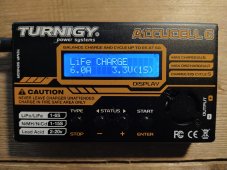offgrider
New Member
- Joined
- Jul 20, 2020
- Messages
- 65
After top balance, how can I test out each cell to make sure they are good? I suspect I may have ruined at least one of the cells with an accidental short.
I have a orion bmsjr on the way so plan on a 2p16s setup with 32 of the 300/310ah lifepo4's from hayley @ lightning-power that are currently top balancing with 3.65v @ 8a on one of those lab psu so will take some time. if I have to re-top balance after cell testing thats perfectly fine with me.
I have a orion bmsjr on the way so plan on a 2p16s setup with 32 of the 300/310ah lifepo4's from hayley @ lightning-power that are currently top balancing with 3.65v @ 8a on one of those lab psu so will take some time. if I have to re-top balance after cell testing thats perfectly fine with me.
Last edited:






